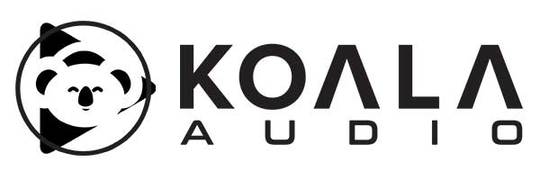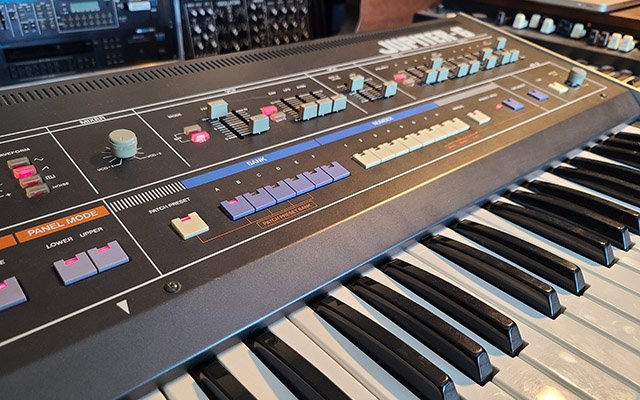I really want to love this for my daughter. She loves playing with my Synthstrom Deluge and my Push 2 when it's plugged in and she sits in my lap.
On paper this is perfect. A tiny-hand friendly 'groovebox' that my 2yo (and myself) can fiddle with and watch the pretty lights change and hear the parameters sculpt the synth tone.
The problem is all the synth patches are decidedly in the acid and squelch realm. For the life of me I can't get a decent, lush patch. I understand the point is to let my child explore and just find and discover sounds but it all sounds so abrasive. If I zero out all the depth and LFO dials and listen to what I assume is an unmodulated, relatively clean patch it's still really atonal. There's none of the sweet subtractive sound I was expecting. Perhaps that's on me and my expectations.
There are no parameter clamps so your LFOs range from what sounds like .01hz to way up to 240hz. When these values are applied to modulation it's either unnoticeable or so full on that it mangles the sound. Yep, you need to keep the dial in the sweet spot, but clamping would solve this and keep the parameters in a much more musical range.
Speaking of modulation, by ear I often can't tell what the two mod dials are doing. That's partially on me, I need to do some manual diving, but I'm pretty experienced with synths and can usually tell the modulation in effect. And even then adjusting the depth usually doesn't do anything except make the sound even more abrasive. Sometimes it feels like it's delayed and only applies your modulation changes at the next sequence start, other times it's clearly real time.
So yeah. I love the idea of this and I'll keep it and see if I can't get any palatable sound out of it via MIDI, but as it stands I really don't think my daughter - who again, loves playing with other synths/devices when there's a decent sounding patch loaded - will be getting much use our of it.
Neutrik NE8FFX6-W CAT6A feedthrough coupler for cable extensions
There is one “small” problem with the Artiphon Orba travel case: the Artiphon Orba does not fit in it if you have dressed your Orba in the Artiphon Orba silicone skin. Otherwise it’s fine























